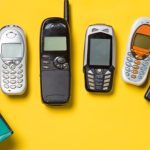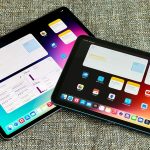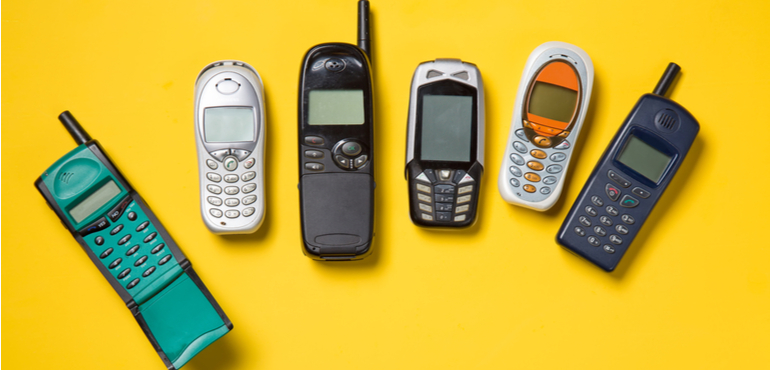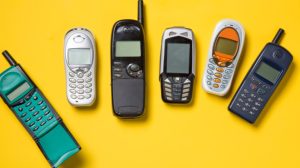The journey of mobile phones, from their humble beginnings as clunky “brick” phones to the sleek, powerful smartphones of today, is a testament to the relentless march of technology and innovation. This article traces the fascinating evolution of mobile phones and their transformation into the indispensable devices we carry with us daily.
1. The Birth of Mobile Communication
Mobile phones have their origins in the mid-20th century, but it was only in the 1970s that mobile communication began to take shape. The first mobile phone call was made by Martin Cooper, a Motorola executive, in 1973. His prototype phone, known as the DynaTAC 8000X, weighed a hefty 2.2 pounds (1 kg) and cost a staggering $3,995.
2. The Age of the “Brick” Phones
The 1980s saw the emergence of the first commercially available mobile phones, which were often referred to as “brick” phones due to their size and weight. These early devices were primarily analog and featured limited call functionality. One notable example was the Nokia Mobira Talkman, released in 1984.
3. The Transition to Digital
The 1990s marked a transition from analog to digital technology. Smaller and more affordable mobile phones emerged, and they began to gain popularity. Nokia’s iconic “candy bar” phone, the Nokia 3210, was released in 1999, becoming a symbol of mobile communication in that era.
4. The Advent of Text Messaging
Text messaging, or SMS (Short Message Service), was introduced in the early 1990s. This simple form of communication was initially used for sending brief messages but soon became a cultural phenomenon. It fundamentally changed the way people communicated.
5. The Rise of the Flip Phone
In the late 1990s and early 2000s, flip phones became fashionable. These phones had a distinctive clamshell design, and their compact size made them more pocket-friendly. The Motorola RAZR V3, released in 2004, was a particularly popular model.
6. The Era of the Smartphone
The real revolution began with the introduction of smartphones in the mid-2000s. These devices combined phone functionality with internet capabilities, cameras, and an array of apps. The iPhone, released by Apple in 2007, was a game-changer, and it set the stage for the modern smartphone era.
7. The App Ecosystem
Smartphones brought with them the concept of mobile apps. App stores, like Apple’s App Store and Google Play, offered a plethora of applications that transformed smartphones into versatile tools for work, entertainment, and communication.
8. Advancements in Connectivity
Mobile networks have also evolved significantly. From 2G to 3G, 4G, and now 5G, each generation of wireless technology has brought faster data speeds and improved connectivity. This has allowed for high-quality video calls, seamless streaming, and a myriad of other data-intensive applications.
9. Modern Features and Functions
Today’s smartphones are not just communication devices; they are multifunctional tools. They offer advanced photography capabilities, access to social media, navigation, mobile payments, and much more. They have become an integral part of our daily lives, enabling us to work, socialize, and stay informed on the go.
10. The Future of Mobile Phones
As we look to the future, the evolution of mobile phones continues. Foldable phones, augmented reality, and advancements in artificial intelligence are shaping the next chapter in mobile technology. These innovations promise even greater integration into our lives and the transformation of how we interact with the world around us.
In conclusion, the evolution of mobile phones from brick-like devices to the powerful smartphones of today is a testament to human ingenuity and technological progress. These devices have not only revolutionized communication but have also become essential tools in our modern world, reshaping the way we work, play, and connect with one another. The journey is far from over, and the future holds exciting possibilities for the next generation of mobile phones.














Add Comment